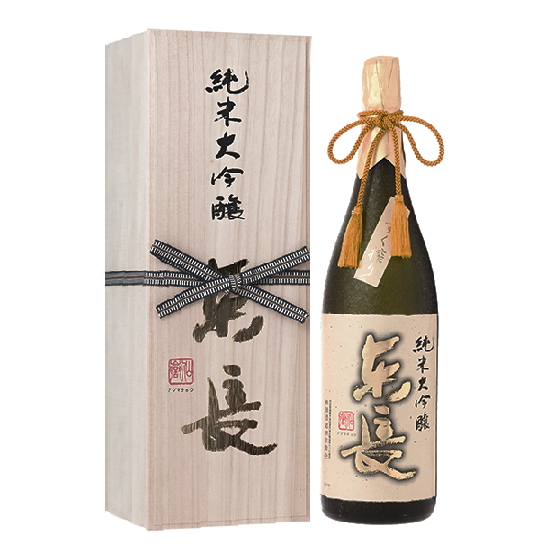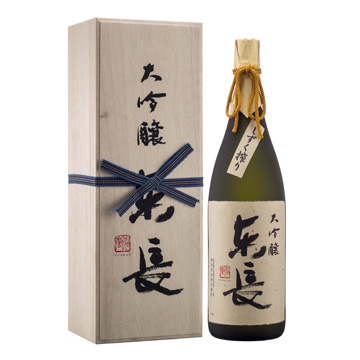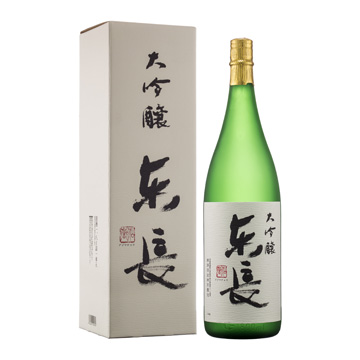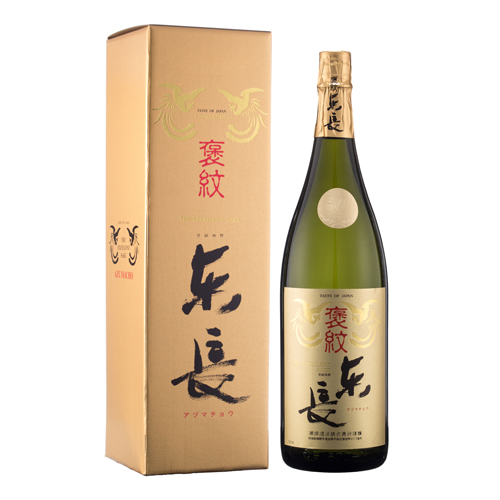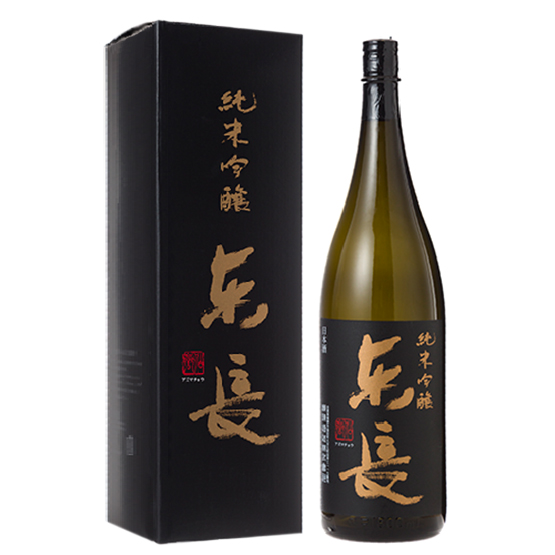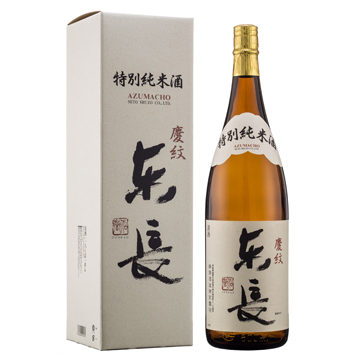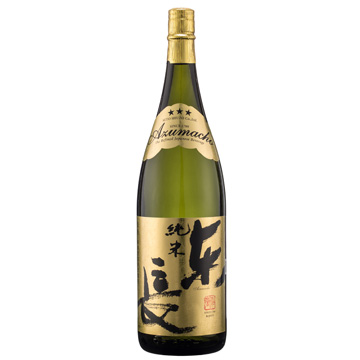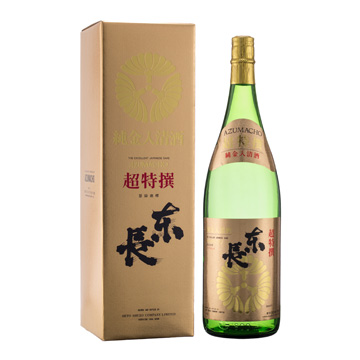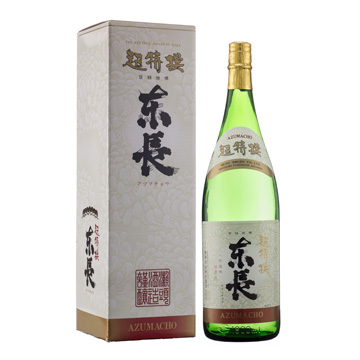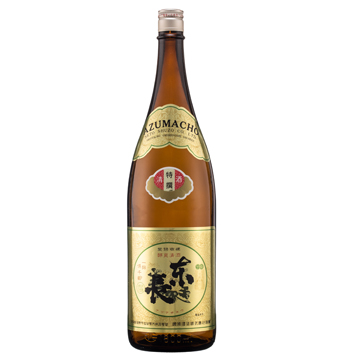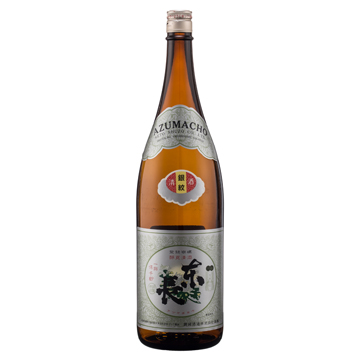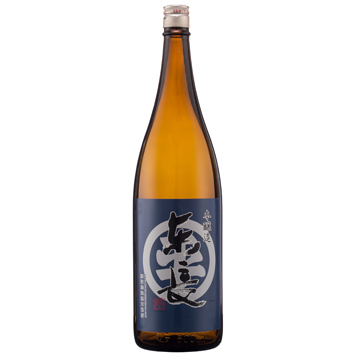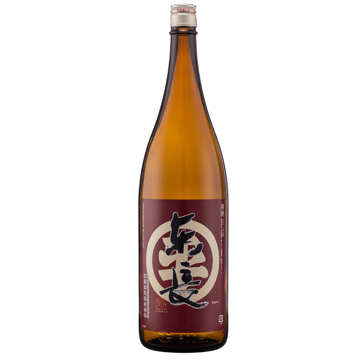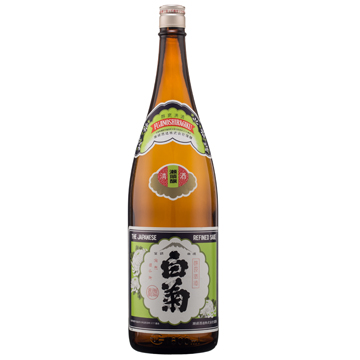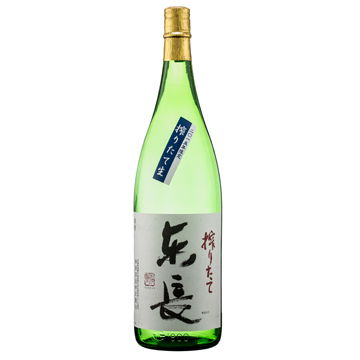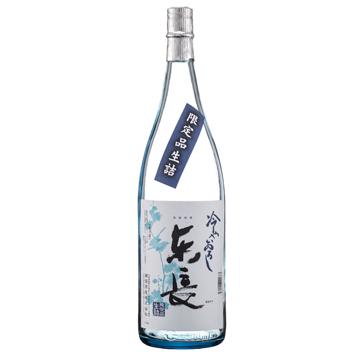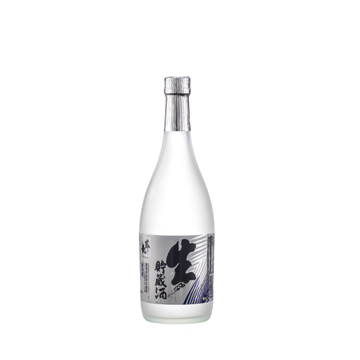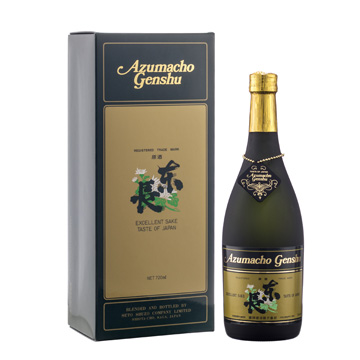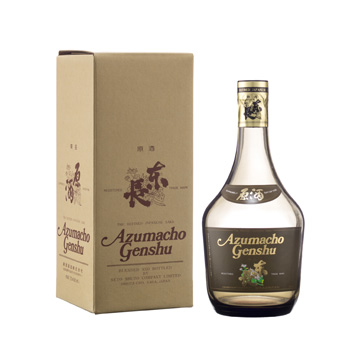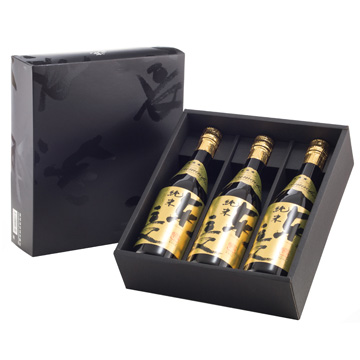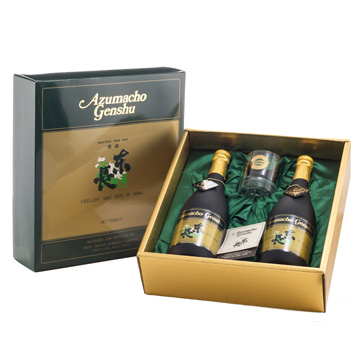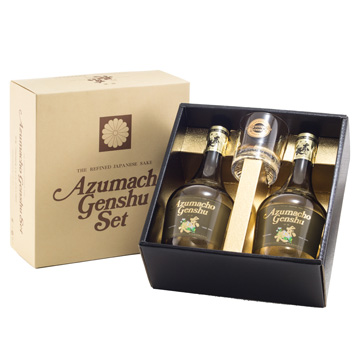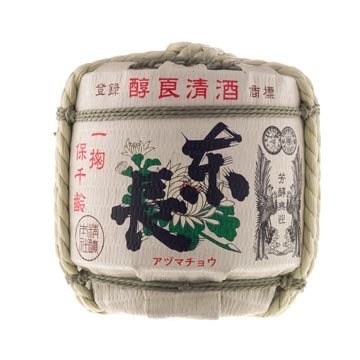Product List
Product's List
Junmai Daiginjo
Daiginjoshu
Daiginjoshu
Junmai Daiginjo
Junmai Ginjo
Special Junmaishu
Junmaishu
Honjozoshu
Honjozoshu
Honjozoshu
Honjozoshu
Honjozoshu
Honjozoshu
Honjozoshu
Honjozoshu
Honjozoshu
Honjozoshu
Honjozoshu
Honjozoshu
Honjozoshu
Junmaishu
Honjozoshu
Honjozoshu
Honjozoshu
Difference of Sake conversion rates between Azumacho’s average rates for the past 10 years and the national average rates
* National average value: Excerpt from Sake manufacturing chart in 2013 (Quick estimate)
| Product Name | Category | Sake Lees rate(% | SCR | Raw Sake Alcohol | RSMV |
|---|---|---|---|---|---|
| Daiginjo Azumacho | Daiginjo | 40.4 | 322.7 | 18.1 | +3.9 |
| National average value | Ginjo | 36.5 | 355.0 | 18.8 | +3.8 |
| Houmon Azumacho | Junmai Ginjo | 40.4 | 334.6 | 17.2 | -6.6 |
| National average value | Junmai Ginjo | 35.9 | 368.0 | 17.5 | +1.7 |
| Keimon Azumacho | Special Junmai | 41.9 | 329.0 | 17.5 | -6.4 |
| National average value | Junmai | 28.3 | 383.0 | 18.1 | +1.5 |
| Junmai Azumacho | Junmai | 31.0 | 358.0 | 17.8 | -4.6 |
| National average value | Junmai | 28.3 | 383.0 | 18.1 | +1.5 |
| Tokusen Azumacho | Honjozo | 48.6 | 268.3 | 18.0 | -12.0 |
| National average value | Honjozo | 28.7 | 369.0 | 19.7 | +3.4 |
| Kinmon Azumacho | Honjozo | 45.0 | 281.9 | 18.4 | -11.0 |
| National average value | Honjozo | 28.7 | 369.0 | 19.7 | +3.4 |
| Maruhei Azumacho | Honjozo | 45.0 | 287.4 | 18.5 | -7.4 |
| National average value | Honjozo | 28.7 | 369.0 | 19.7 | +3.4 |
What’s sake lee rate?
It means that the ratio of the weight of sake lees to rice. For example, 30% of sake lees rate means 100kg of rice turn into 30kgs of sake lees and 70kgs of sake. This shows that the higher the sake lees rate, the more excellent the sake becomes.
What is SCR, Sake conversion rate (raw materials availability)?
It means acquisition amount of pure alcohol per polished rice 1t. Generally, high quality sake like ginjo-shu is said to have low sake conversion rate.
RSMV: Raw Sake Meter Value


